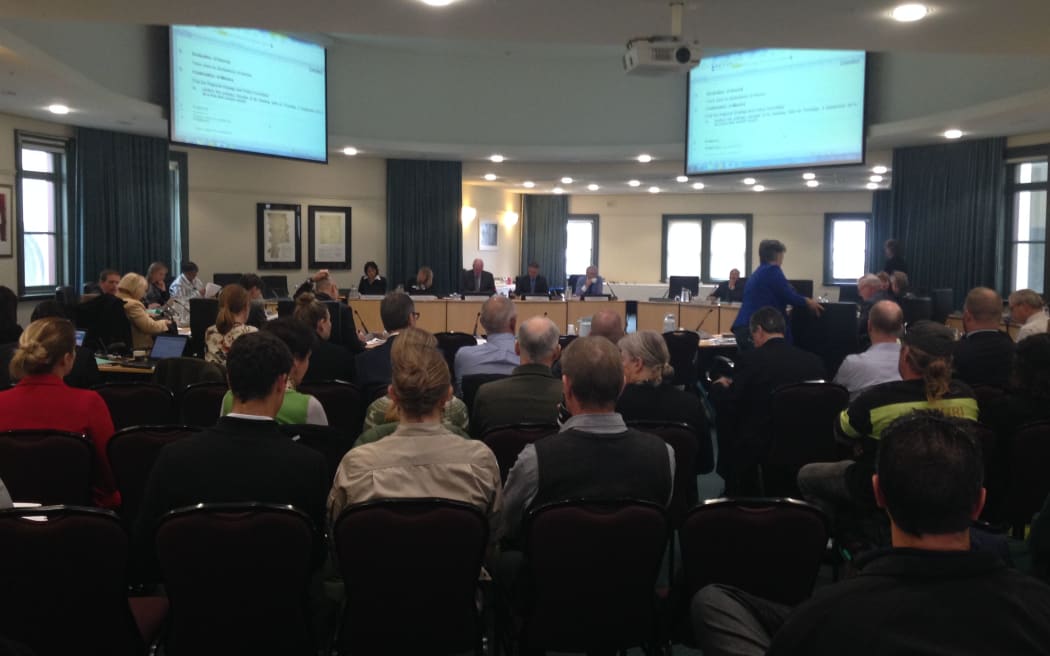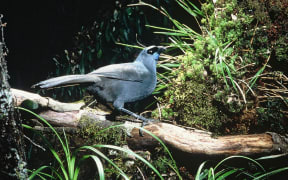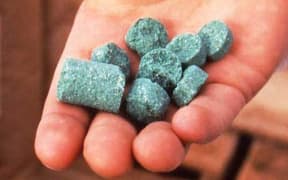An Auckland Council committee has voted to use 1080 to control pests in the Hunua Ranges.
The regional policy and strategy committee has been meeting today to consider whether to use the poison to curb increases in the rat, ferret, stoat and possum populations.
A senior council manager told the committee there were seven times the usual number of rats in the ranges, which are home to rare kokako and native frogs.
Councillors were told 1080 is the cheapest and most effective way of dealing with the pest outbreak.
One farmer told councillors the problem is so bad he has seen ferrets the size of cats on his property.
Steve Knutson farms next to council land and said since native trees began flowering several months ago, the population has hugely increased.
He said he is uncertain whether 1080 is the right poison but something needs to be done - especially to protect native species.
"There's already a heap of poisoning going on up there, so the whole thing about the water etc, maybe what's being used there now is even worse, who knows?"
The council's infrastructure and environment services manager John Dragicevich said 1080 provides the best value for preserving kokako and native frog populations.
Public health officials have told the meeting the pesticide breaks down easily and does not cause serious health problems.
The council said warm weather has led to a boom in predators like stoats, rats and possums which are threatening the kokako population.
The ranges and their ponds supply 65 percent of Auckland's water, but Mr Wood said that it should still be safe to drink if the drop goes ahead.
While there are concerns about using the pesticide where two-thirds of Auckland's water supply is collected, Councillor Christine Fletcher said she was convinced 1080 is safe.
"I was fiercely opposed to 1080, I have become a convert, it is my view based on careful analysis of the evidence that not only should we use 1080 to protect our forest, but we should use more of it."
Another councillor, Chris Darby said he reluctantly agreed, but wanted its use closely monitored.
But Mike Lee, one of two Auckland Councillors who voted against the decision to use the 1080 pesticide in the Hunua Ranges, said the decision had been rushed.
He said in the public mind there would be concerns, and it took time to walk people through them.
Mr Lee said steam rolling a decision through, then telling the public about it, was not the way a council should deal with its community.

No public seating left at Auckland Council meeting on whether to drop 1080 in the Hunua Ranges. Photo: RNZ / Murielle Baker
A report prepared for the meeting said that without a change in how pests are controlled in the Hunua Ranges, the area's ecology would be put at risk.
The ranges are home to the only naturally occurring population of kokako in mainland Auckland, with 55 breeding pairs.
The report said that alternatives to 1080, such as bait stations, are not viable.
"Due to the size and rugged nature of the Hunua Ranges, ground-based control is not a practical management option for pest control of this scale ... To attempt to target all rats, for example, would require a significant increase of bait stations from two per hectare to nine per hectare."
The report said that would result in approximately 153,000 bait stations and 612,000 traps across the Hunua Ranges.

The ranges are home to 55 breeding pairs of kokako. Photo: DOC
Paul Tucker, from the environmental group Friends of the Earth, said he is very concerned about the proposal.
Mr Tucker helped with environmental monitoring in the ranges after a similar 1080 drop there in 1994, and said there were negative effects on the water supply and some native species.
"Samples taken from the dam, some samples showed positive levels of 1080. And there was a problem with the first major rain after the 1080 drop ... The manager on site reported that the filters had all clogged with silt and basically they'd collapsed, so there was no filter system working for the water supply during that time."
Mr Tucker said immediately after the 1994 drop, the population of native Hochstetter's frogs in the area halved. A count some weeks later showed that the population had increased again, but took some time to return to its original level.
The council needs to be very careful if it goes ahead with the latest drop, he said.
"It is after all a water catchment. The little valleys up there are incredibly steep and everything that gets dropped on it inevitably ends up in the streams, and they don't separate the streams off when they're aerial dropping. That was what a lot of their problems were caused by last time."




